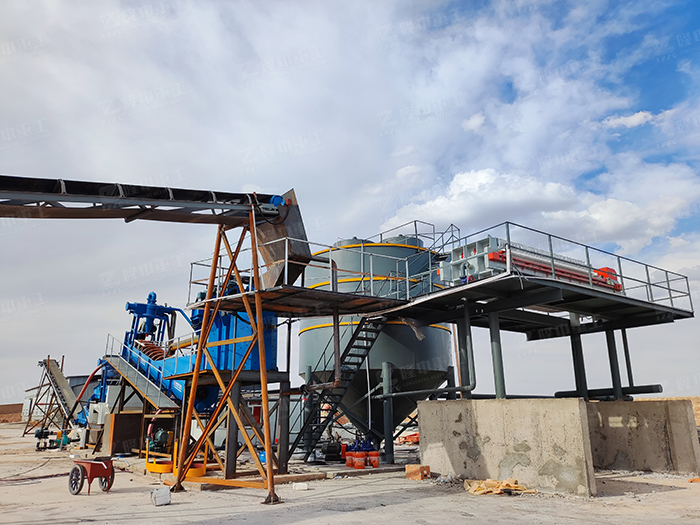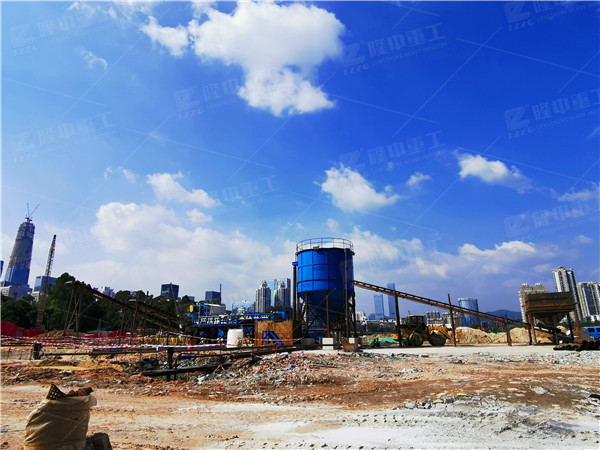Coal-fired power plant desulfurization wastewater treatment process
 December.21,2020
December.21,2020
The desulfurization of coal-fired power plants mainly uses limestone wet desulfurization. In actual operation, desulfurization wastewater has become the most complex and difficult category of wastewater treatment.
Desulfurization wastewater from coal-fired power plants is generally acidic, high in suspended solids, and high in COD. Generally, the desulfurization wastewater is neutralized and precipitated by adding lime slurry, and then processed through the steps of flocculation, clarification, and concentration. The clear water is recycled and the sediment desulfurization wastewater sludge is dehydrated and transported for disposal.
Principles of Zero Discharge Treatment of Desulfurization Wastewater
1) In addition to the desulfurization wastewater of coal-fired power plants, various types of wastewater can basically achieve “one water for multiple uses, cascade utilization” after treatment, and no waste water is discharged. Therefore, zero discharge of desulfurization wastewater is the result of coal-fired power plants achieving nearly zero discharge in the whole plant. Focus and key.
2) One of the characteristics of desulfurization wastewater from coal-fired power plants is the high salt content after pretreatment. The current zero-discharge technologies for desulfurization wastewater mainly include spray evaporation and drying of flue gas waste heat, and evaporation and crystallization of high-salt wastewater.
3) Before evaporation drying or evaporation crystallization, membrane concentration pretreatment processes such as reverse osmosis and electrodialysis should be adopted to reduce the amount of wastewater.
4) The power plant should strengthen the water management of the whole plant, treat various waste water economically and rationally, and maximize the waste water reuse rate.





